Energy Consumption Forecasting and Management - Energy Management Insights
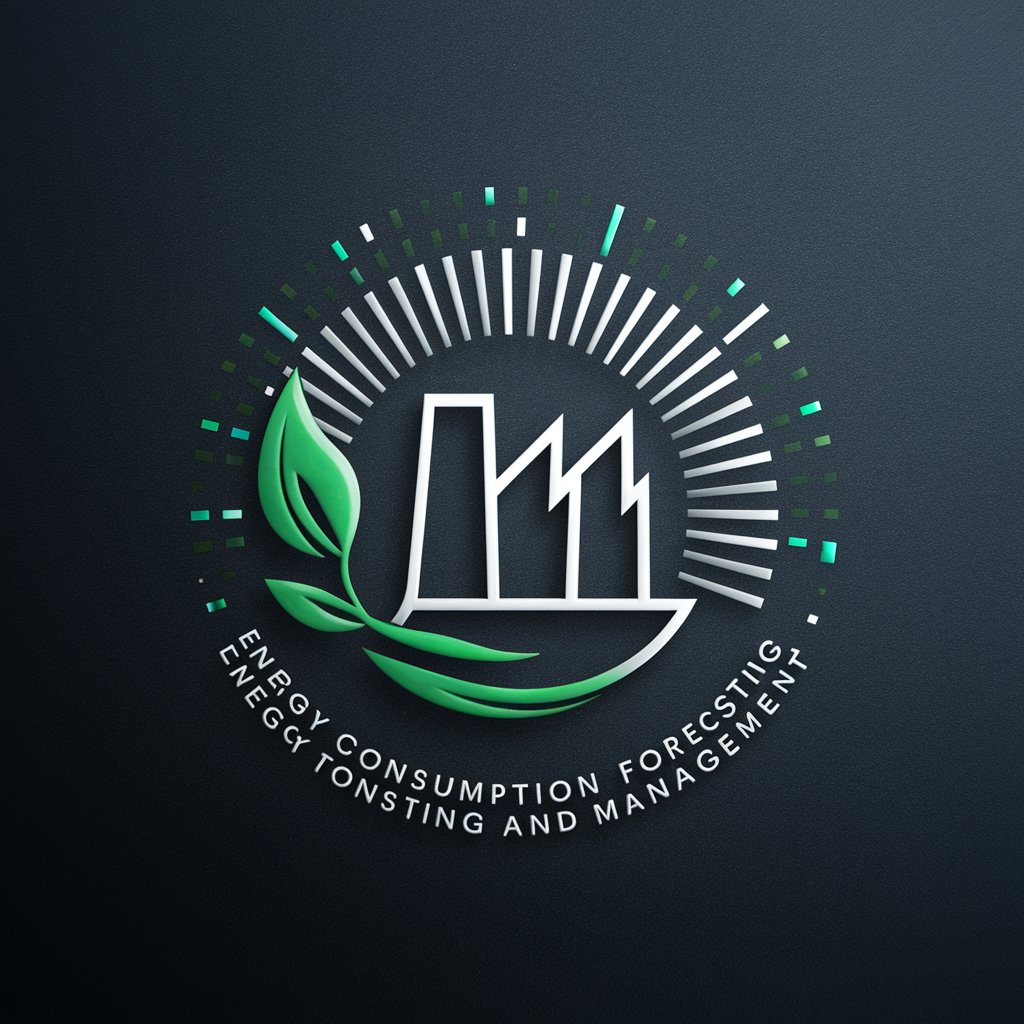
Welcome! Let's optimize your factory's energy usage efficiently and sustainably.
Optimize Energy with AI-powered Forecasting
Analyze the historical energy consumption data to
Forecast the next month's energy usage based on
Identify potential areas for energy savings by
Compare the energy efficiency of different factory processes to
Get Embed Code
Introduction to Energy Consumption Forecasting and Management
Energy Consumption Forecasting and Management (ECFM) is a comprehensive approach designed to predict future energy needs and manage consumption in a sustainable and efficient manner. This approach employs various data analytics and machine learning models to forecast energy demand based on historical consumption data, weather conditions, operational schedules, and other relevant factors. The primary purpose of ECFM is to enable organizations, particularly those in energy-intensive industries like manufacturing, to optimize their energy use, reduce costs, and minimize their environmental impact. For example, a factory could use ECFM to predict its electricity demand for the upcoming month, taking into account factors like production schedules, expected weather conditions, and historical energy usage patterns. This prediction helps the factory to plan its operations more efficiently, negotiate better energy contracts, and implement energy-saving measures in anticipation of high-demand periods. Powered by ChatGPT-4o。

Main Functions of Energy Consumption Forecasting and Management
Energy Demand Forecasting
Example
Using historical data and predictive analytics to estimate future energy needs.
Scenario
A textile manufacturing plant uses ECFM to forecast daily and seasonal energy demand, allowing it to adjust production schedules and machinery usage to match low-energy tariff periods, leading to significant cost savings.
Energy Efficiency Optimization
Example
Identifying and implementing measures to reduce energy waste and improve efficiency.
Scenario
An automotive assembly line employs ECFM to analyze energy consumption patterns, identifying inefficient machinery and processes. It then optimizes these processes to reduce energy consumption without compromising production output.
Sustainable Energy Sourcing
Example
Facilitating the integration of renewable energy sources into the energy mix.
Scenario
A food processing facility uses ECFM to balance its energy demand with the availability of solar power generated on-site, minimizing reliance on non-renewable energy sources and reducing its carbon footprint.
Cost Management and Reduction
Example
Enabling more informed decisions on energy contracts and usage to manage and reduce costs.
Scenario
A chemical plant utilizes ECFM to predict peak energy usage times and shifts non-essential operations to off-peak hours, taking advantage of lower energy rates and reducing overall energy costs.
Ideal Users of Energy Consumption Forecasting and Management Services
Manufacturing Facilities
Factories and plants with high energy demands can leverage ECFM to optimize production processes, reduce energy costs, and achieve sustainability goals, making it an essential tool for operational efficiency and environmental compliance.
Energy Providers and Utilities
Energy companies can use ECFM to better understand and forecast demand patterns across their networks, allowing for more efficient energy generation, distribution, and the integration of renewable energy sources.
Commercial Buildings and Complexes
Owners and operators of large commercial properties, such as shopping malls and office buildings, can use ECFM to manage their energy consumption more effectively, reducing costs and contributing to sustainability initiatives.
Government and Municipal Authorities
Public sector entities can apply ECFM to manage energy consumption in public buildings, street lighting, and other infrastructure, helping to reduce public expenditure and meet environmental targets.

Guidelines for Using Energy Consumption Forecasting and Management
Begin Your Journey
Initiate your exploration into energy management by accessing yeschat.ai for a complimentary trial, which requires no signup or ChatGPT Plus subscription.
Data Collection
Gather historical energy consumption data from your facility. This includes utility bills, machine usage records, and energy audits. Ensuring data quality and completeness is crucial for accurate forecasting.
Analysis and Model Selection
Use the tool to analyze your collected data, selecting the appropriate forecasting model based on your specific needs—considering factors like seasonality, peak usage times, and operational changes.
Implement Predictions
Apply the tool's forecasts to plan and optimize your facility's energy usage. Use predictions for scheduling high-energy-consuming activities during off-peak hours and improving overall energy efficiency.
Monitor and Adjust
Regularly monitor actual energy consumption against forecasts. Use insights gained to refine your forecasting model and strategies for continuous improvement in energy management.
Try other advanced and practical GPTs
Alcohol Drinking Health Impact Analyser
AI-powered alcohol health risk analysis.

NewsBox AI
Tailoring News with AI Precision
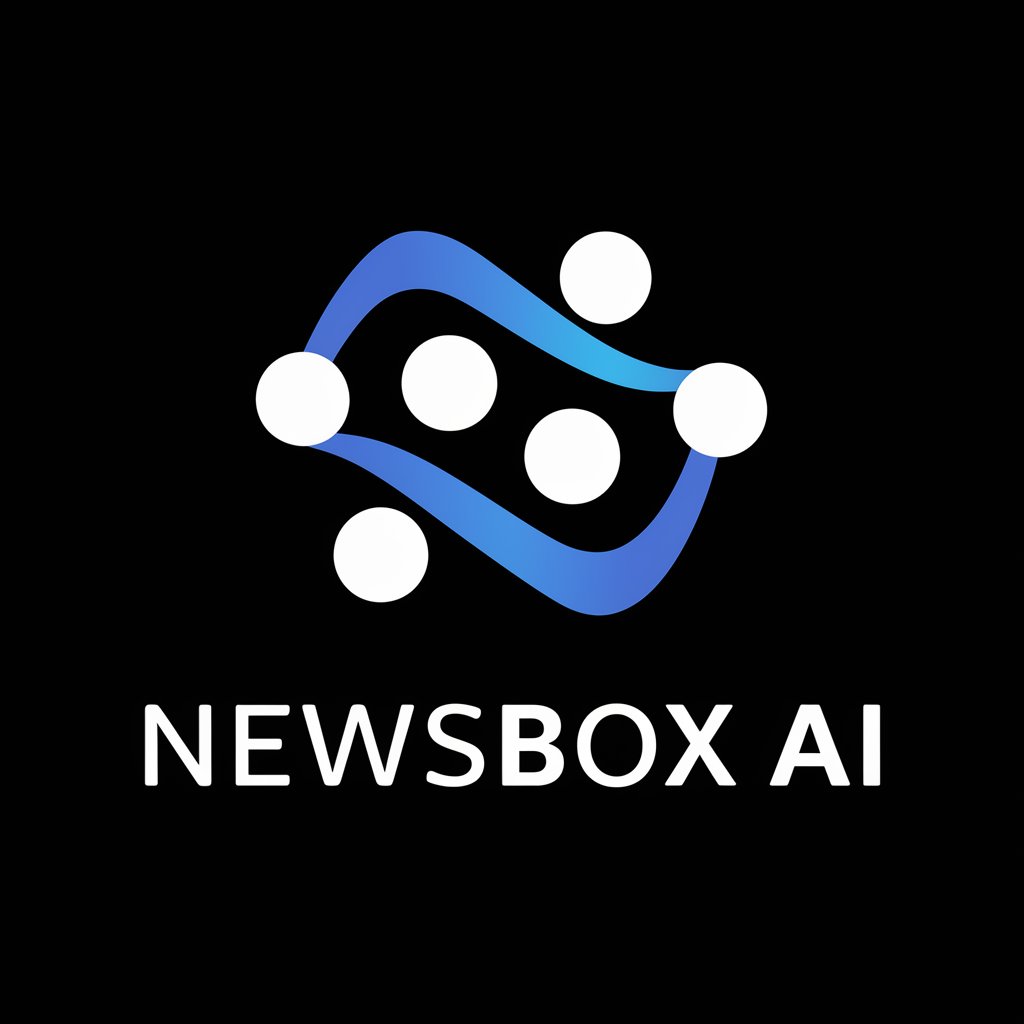
Energy Explorer
Powering Smarter Energy Choices with AI
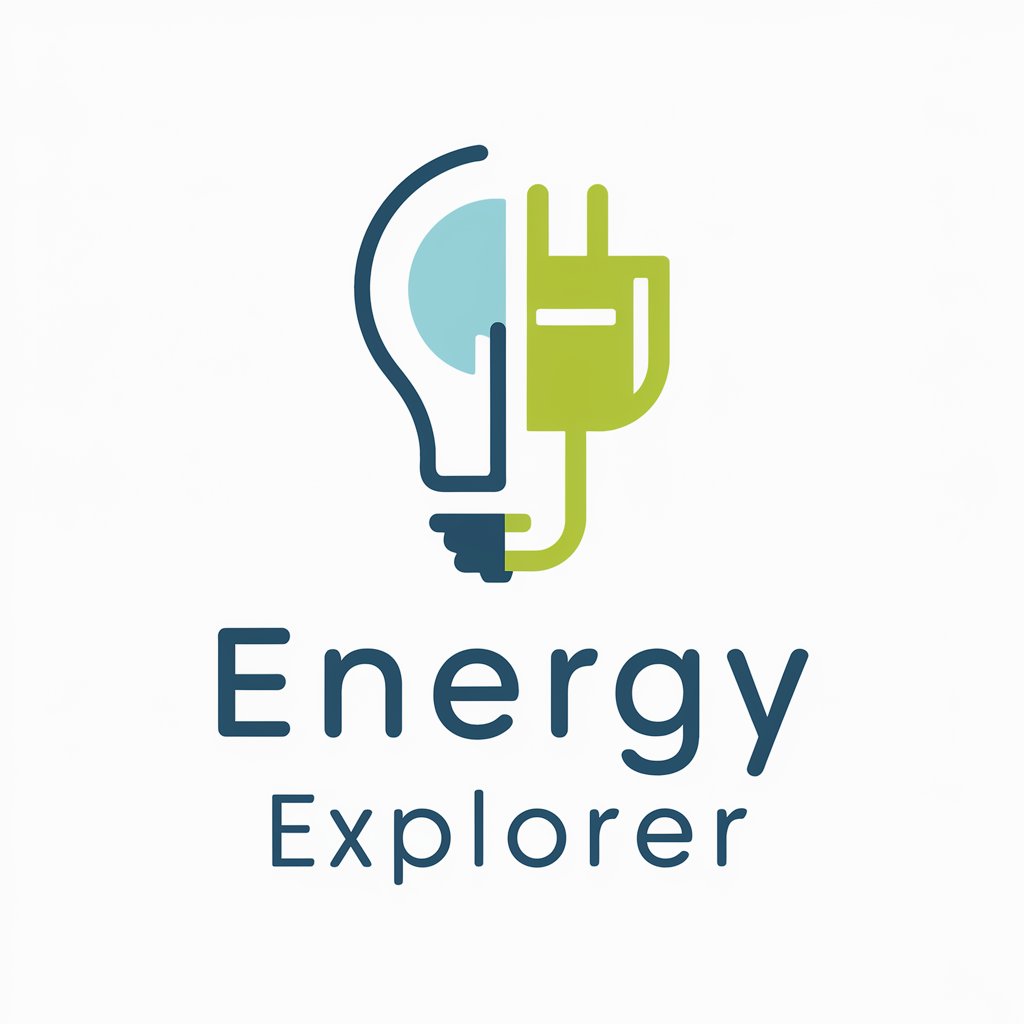
Energy Consumption Analyzer
Optimize energy consumption with AI-driven insights.
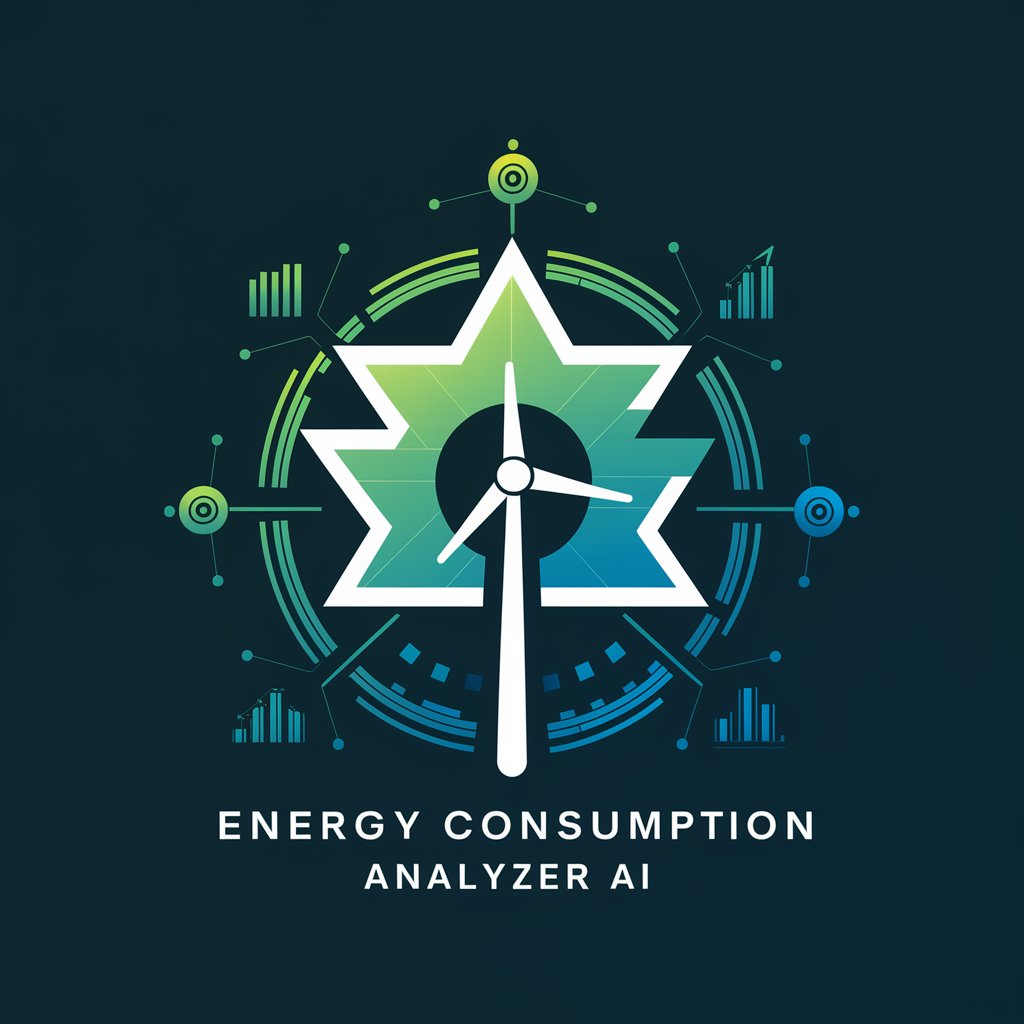
EcoWise Energy Saver
Smart Solutions for Sustainable Living
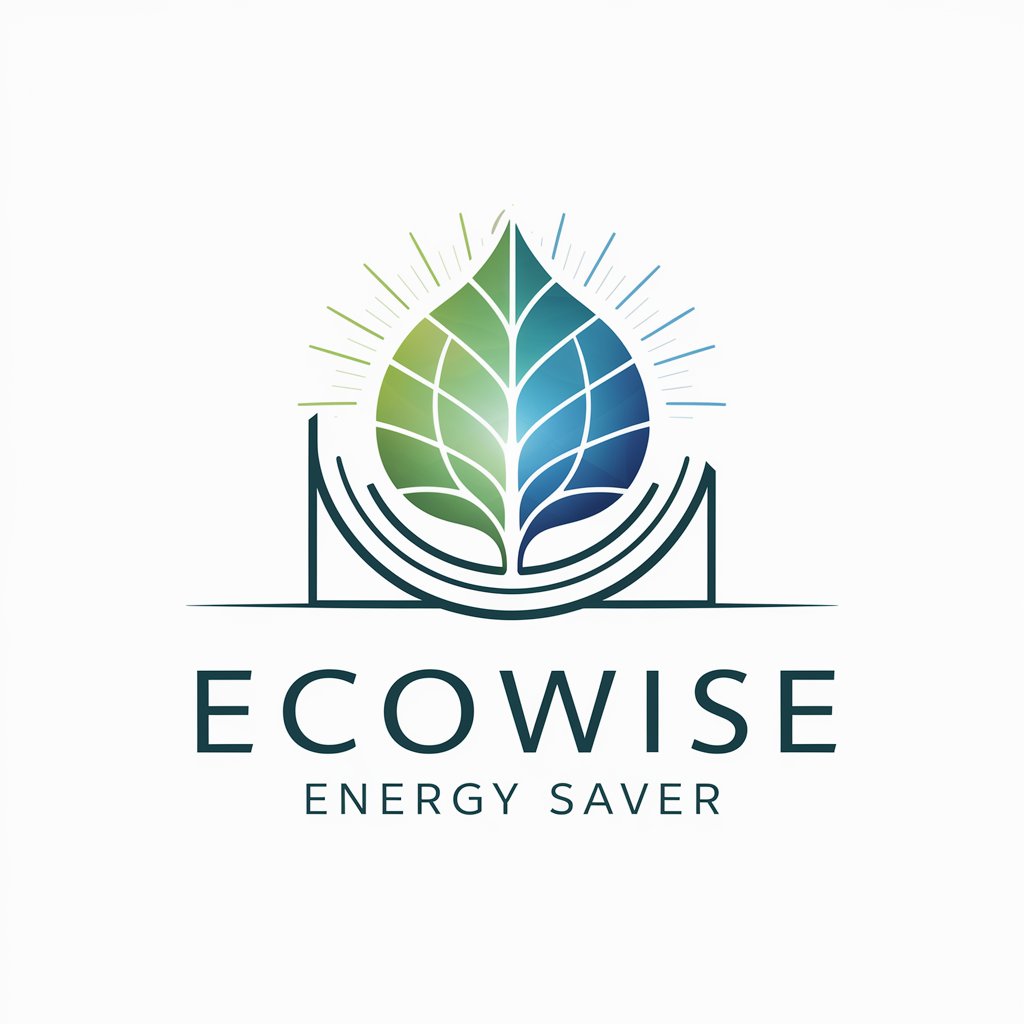
Ingest Safely
Navigate Drug Safety with AI

Alcohol Blood Count Checker
Estimate your sobriety time with AI.

Rate My Debate
Master Debate with AI Coaching

Rate my prompt
Optimize your prompts with AI-powered insights

5 Star Rate
Elevate Your Work with AI-Powered Feedback

Rate Tracker
Real-time currency exchange insights, powered by AI
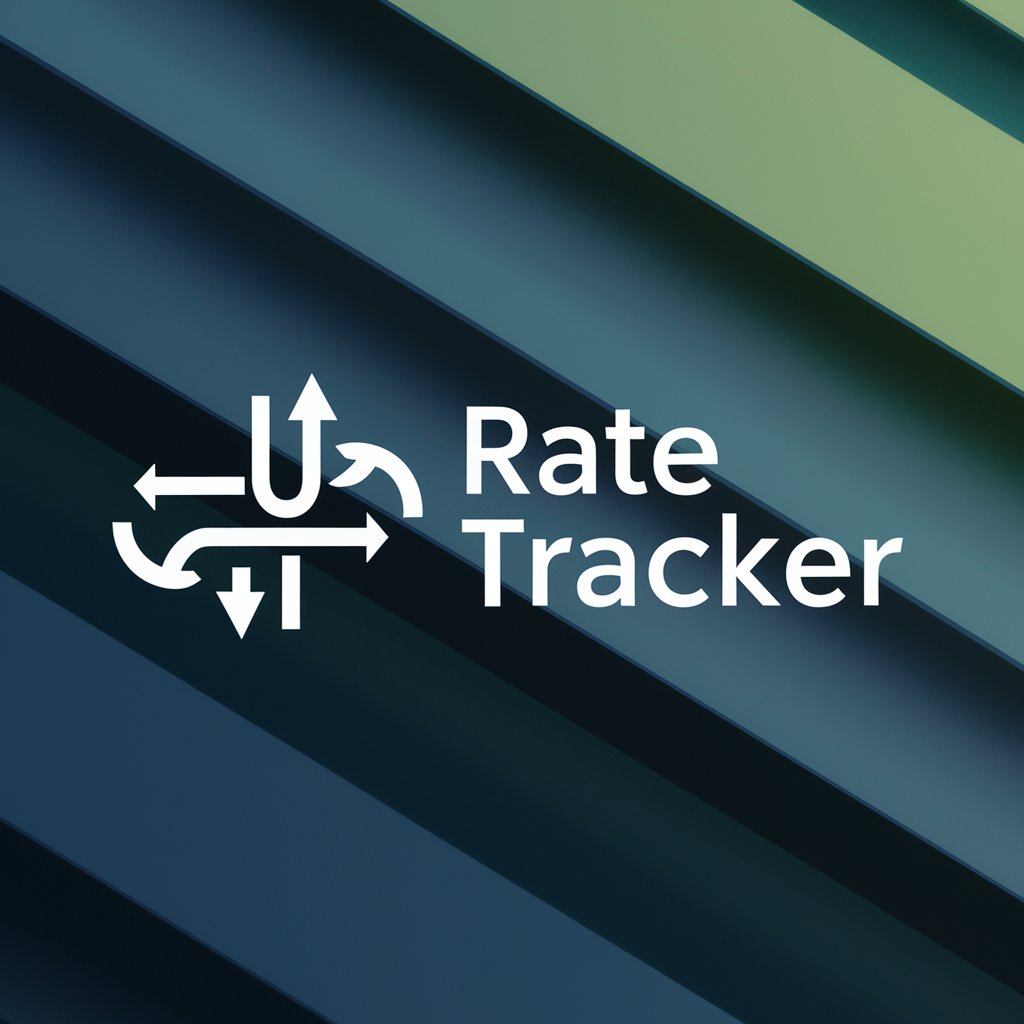
Rate My Photo
AI-powered Personal Style Critique

Q&A on Energy Consumption Forecasting and Management
What data is essential for energy consumption forecasting?
Key data includes historical energy usage, operational schedules, equipment energy specifications, external factors like weather conditions, and any planned changes in operations or facility usage.
How does forecasting contribute to energy efficiency?
Forecasting allows for the proactive management of energy consumption by identifying patterns, predicting future usage, and enabling strategic scheduling of operations to avoid peak tariffs and reduce waste.
Can this tool help in reducing operational costs?
Absolutely. By optimizing energy consumption through informed planning and operational adjustments, businesses can significantly lower their energy bills and reduce overall operational costs.
How does the tool adapt to changes in energy consumption patterns?
The tool utilizes machine learning algorithms that continuously learn from new data, allowing it to adjust forecasts and recommendations as consumption patterns evolve over time.
Is specialized knowledge required to use this forecasting tool?
No specialized knowledge is required. The tool is designed to be user-friendly, offering guidance and explanations at each step to ensure users can make the most out of its capabilities without prior expertise in energy management or data science.
